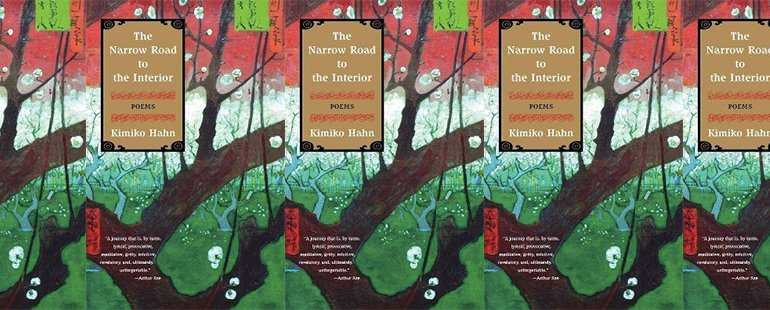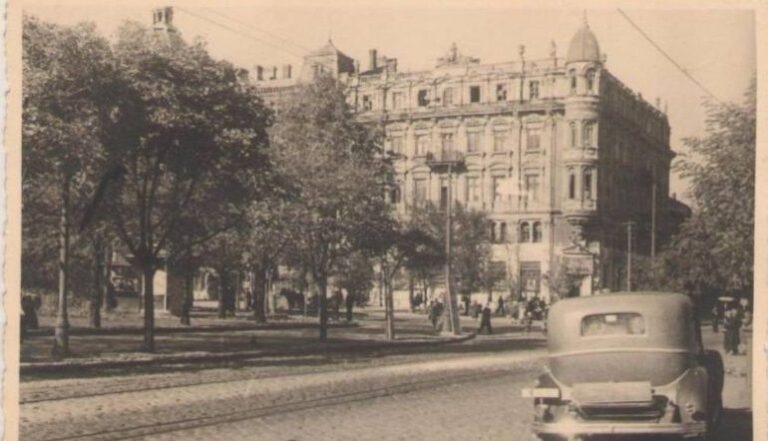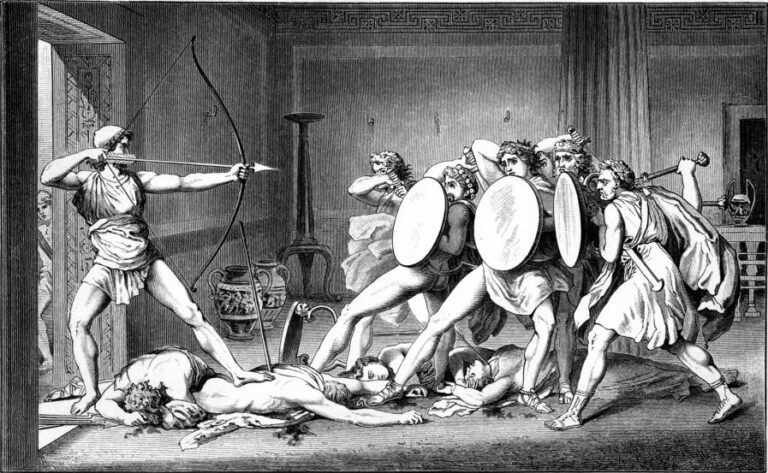Fragmentation and The Narrow Road to the Interior

The Narrow Road to the Interior, Kimiko Hahn’s 2006 poetry collection after Matsuo Basho’s 17th-century work of the same name, is composed of thirty-one zuihitsu, a genre Hahn has described as form through formlessness, order through disorder. Zuihitsu might look like notes in a notebook with the aesthetic randomness of a laundry basket or the shadows of leaves on a painted wall. Zuihitsu, however, are highly curated and potently arranged, though the genre embraces fragmentation, pushing against what constitutes “wholeness.” As opposed to an artificial refusal of fragmentation in pursuit of the ideal of perfection, zuihitsu re-envision the “complete thought” and keep the writer’s inherently fragmented process visible. Hahn’s collection not only demonstrates this capacious non-linear literary form’s possibilities for relaying personal story, but also includes her meta-musings on genre and fragmentation itself, especially in terms of how “complete incompleteness” might serve as a haven for women artists—such subversions interrupt power, upset façade, and invite truth-telling.
Zuihitsu typically investigate a topical, geographical, or emotional through-line using a variety of literary techniques, such as lists, exclamations, poetry, quotations, and fragments. Hahn employs, among other techniques, a literary research experiment on the fragment. Her fragments are rainy and erotic, ethereal and orgasmic, jotted and dashing away. On the page, fragments are outsiders (or have, perhaps, been ousted), and as outlaws, they play by their own rules. Because these fragments are combined with conventionally “complete” anecdotes and descriptions, a sense of thrilling randomization permeates Hahn’s fragmented personal narratives and philosophical questionings. The ever-present meta considerations of the genre and writing process itself create a heightened sense of attention for readers: we are not only watching the painter at work in her studio, but she is also giving a master class.
Many of the zuihitsu in The Narrow Road to the Interior toggle between what looks like prose and what looks like poetry. For instance, in a zuihitsu titled “Sparrow,” Hahn writes,
At this moment it is painful to leave and more painful to stay. Any residue of affection has twisted into an anger keen as a scalpel. Brilliant as a blade. Clean as glass. I wish to hold my husband, hold our separating.
The body would like to recall humidity even
or especially in February—
even as the dogwood too early reddens
then freezes the next week
but is still not ruined.
What of the nestled pupa, more
uncompromising than we imagine?
*The brown branches, the pink moments.
I was at a loss.
Was marriage my imagination? I look at photos of cheery tanned profiles from little family vacations and cannot know what I was thinking.
On the page, these variations in form do make the text look like it’s taken from a notebook the writer carries in her pocket. It’s a collage of textual pieces many of us would ordinarily assume would spin out into separate essays and poems. Zuihitsu, however, invites formal fragmentation in the service of emotional completeness.
Hahn includes a number of zuihitsu composed as numbered (sometimes in order, sometimes not) tanka. After 9/11, she writes in a piece titled “Boerum Hill, September (2001),”
3
A neighbor hoses down her small front garden: snap peas, zinnias, morning glory vines, grief. So
much grief.5
Trying to make a daughter’s lunch. Trying to find the other’s transit pass. Trying to find a
moment to collapse.6
More terror? Across the street this time? At a midnight clap of lightning, I sit bolt upright—
Hahn’s speaker has left her marriage to the father of her daughters, fragmenting the family. The teenage daughters are on the cusp of womanhood and its accompanying navigations. Both the speaker and her daughters are embarking upon new journeys of freedom. As the speaker analyzes her family’s evolving configuration and the new insights it has given her about gender and truth-telling, 9/11 happens. The Brooklyn-based speaker asks, “What has happened to words?” as she re-assembles and documents “feelings of home exquisitely grounding” on the cusp of this new cultural and personal era.
Fragments are expansive, possessing the capacity to hold broad and linked stories. In the book’s opening piece, “Compass,” which might serve as a reading guide for the following one-hundred or so pages, Hahn poses a parenthetical question: “(And when is a piece that resembles a fragment—really the whole?)” In English, the subject-verb-object chain was developed to be rational, logical, and by cultural extension, male. The complete sentence has firm syntactic walls; fragmentation is subversive because it opens up the way we think about language spatially. The piece “Pulse and Impulse” contains wide-ranging lists of apple varieties and women writers, literary theory, and the anticipation of a post-pap-smear biopsy. In between, Hahn includes meta-musings on the gendered nature of the zuihitsu’s characteristics: “With or without fluency, I can still love the zuihitsu as a kind of air current: and what arises is very subjective, intuitive and spontaneous—qualities I trust. Also a clear voice. That [the zuihitsu] was cultivated by a woman feels significant—as a writing space for women. It is by its own nature a fragmented anything. I love long erratic pieces into which I can thrash around—make a mess. Lose the intellect.” This idea of the zuihitsu moving like an air current is the antithesis of crafting a poem as a tight house of wood to keep the reader in, or for that matter, out. In an air current, there is always room for more. As in lyric poetry or lyric essays, the zuihitsu’s leaps create emotional efficiency so that the “inside and outside reside very closely.” But zuihitsu have a different breadth than even a long poem or tightly bound lyric essay because of their unique capacity for connection through randomness.
Hahn writes that zuihitsu are “spatial in every way” and lend themselves to “emotional truths,” matters of the heart and body as acts of feminist resistance, the narrow road as vagina, the narrow road as voice. Hahn’s embodied topics—motherhood, watching children mature, a parent’s death, the dissolution of a sexless marriage and physicality of a new lover, the gruesomely fragmented bodies extracted from Ground Zero, matriarchal literary lineages from Sei Shōnagon to Sappho—connect emotionally, erratically, and intuitively. This stands in contrast to the linear, “rational” cause and effect many readers have come to expect. In English, fully formed fragments interrupt syntactical and narrative expectations of how writers should represent ourselves and our stories. When we get down the technicalities of it, that English requires a “complete” sentence, that the subject must act upon the object, we wonder whether our very language is predicated upon force. Hahn’s fragmented writing about 9/11 and the retaliation and violence committed afterward creates space to imagine radically different modes of being, modes that also reimagine patriarchal institutions like the nuclear family.
To find a home in the fragment is to reject the belief that a story only happens when one thing acts against the other. What a move of self-actualized pleasure to divorce this cycle of conviction. The zuihitsu and other non-linear forms are particularly suited to stories that might have otherwise seemed too ethereal, too swift—broken stories, stories outside of the traditional family structure. “It is lovely when a fragment can be a whole,” writes Hahn. This sentiment resonates in the larger context of family: the divorced family, the queer family, the chosen family, the family composed of a single person, the family with a woman (or women) at the helm—all complete families, but families deemed fragmented or “broken” as they do not support traditional configurations of gender and power. One recurring image in The Narrow Road to the Interior is the “nest in a tall tree,” simultaneously a literal observation and a metaphor for the zuihitsu as a haven and for the speaker’s post-divorce home. Hahn writes, “This is the apartment without men. Without trousers or socks left on the floor. Damp towels. Without electric razor. Without the missing remote.”
The home is where the body spends much of its time. It’s meant for relaxation and recuperation, a retreat where we attend to our wholeness and corporeal needs. Hahn writes, “Begin with your own fleshy body to seek fragments that will sustain.” This single-lined invocation invites somatic creativity. And it makes sense: at the start and end of life, the body leads the way. In between, one need not come to a cerebral conclusion before beginning to record and write, especially on topics like relationships, mothering, and societal disaster, where the idea of a clear-cut conclusion is contrived anyway.


